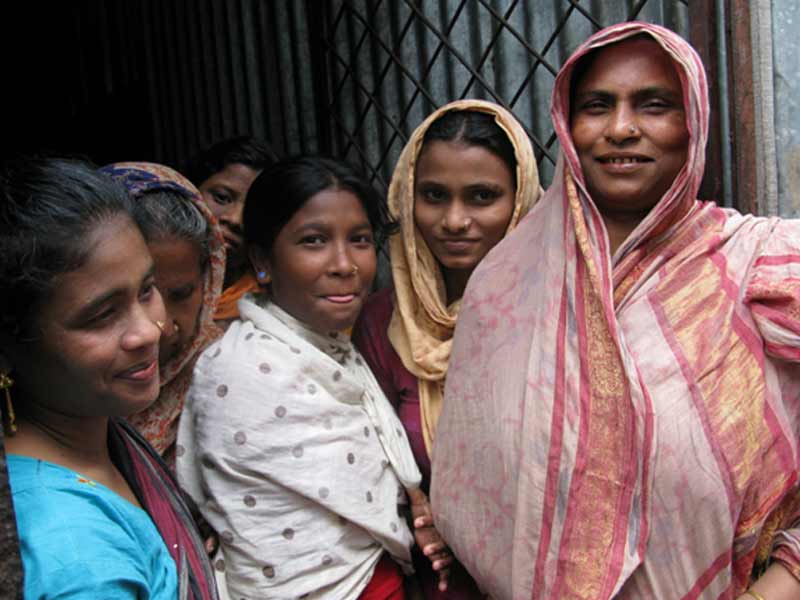
Why Urban Agriculture Will Thrive Post-Covid
An unexpected consequence of the global pandemic and food shortages has been a renewed interest in home-grown food. Seed packets are soaring off the shelves while allotment waiting lists are at an all-time high.
Urban agriculture has much to offer in the wake of Coronavirus. It could help communities boost the resilience of their fresh fruit and vegetable supplies, enhance the health of residents and help them lead more sustainable lifestyles.
More than half of the global population currently lives in urban areas, and this is expected to rise to 68% by the year 2050. Diversifying where and how we grow our food will help limit the risk of disruption to food supplies.
Although many households lack access to a garden, urban farming boasts opportunities for food production on rooftops, walls, underground spaces, abandoned tunnels, and even within air raid shelters.
Asia and the Pacific’s reliance on imports has been growing in recent decades. COVID-19 has impacted that steady supply, while the problems created by climate change, (such as water scarcity), risk disrupting imports from abroad as well.
Growing fruit and vegetables in towns and cities would help resist these burdens. The harvest labor shortages seen during the pandemic might not have been felt as robustly if urban farms were growing food directly where people live.
Vertical and underground crops are more resilient to extreme weather or pests, indoor growing environments are easier to control than those in the field, and temperature and humidity is more stable underground.
The high start-up costs and energy bills for this type of farming has meant that indoor farms currently produce a small number of high-value crops, such as leafy greens and herbs. But as the technology matures, the diversity of produce grown indoors will expand.
While urbanization is regarded as one of the biggest threats to biodiversity, growing food in towns and cities has been shown to boost the abundance and diversity of wildlife, as well as protect their habitats.
A recent study found that community gardens and allotments act as hotspots for pollinating insects, because they tend to contain a diverse range of fruiting and native plants.
If designed and implemented properly, allotments and community gardens can really benefit biodiversity. Not only should barren spaces be converted into green and productive plots, it’s also important that there are connections between these environments to help wildlife move between them.
Green bridges have already been shown to help wildlife cross busy roads — similar crossings could effortlessly link rooftop gardens.
All these reasons and more should compel us to scale up food production in towns in cities as soon as possible. COVID-19 has given us cause to reevaluate how important local urban green spaces are to us, and what innovations we want to see from our streets, parks and buildings.
The opportunity is there for urban planners and developers to consider what bringing farming to urban landscapes could offer. It’s time to use that knowledge we’ve gained from the past few years to improve the lives of all.



